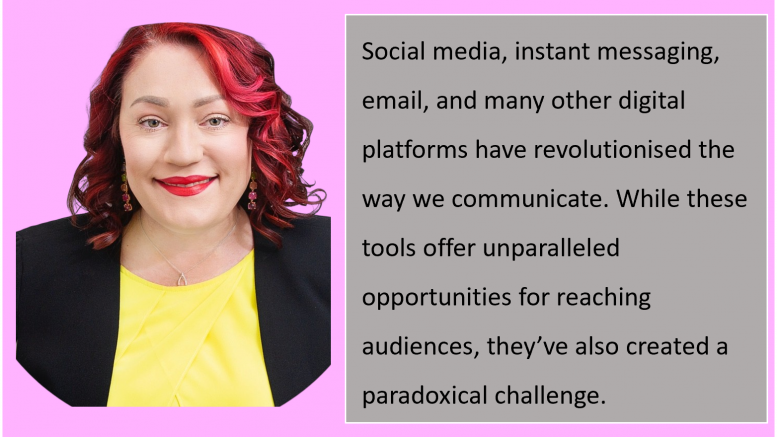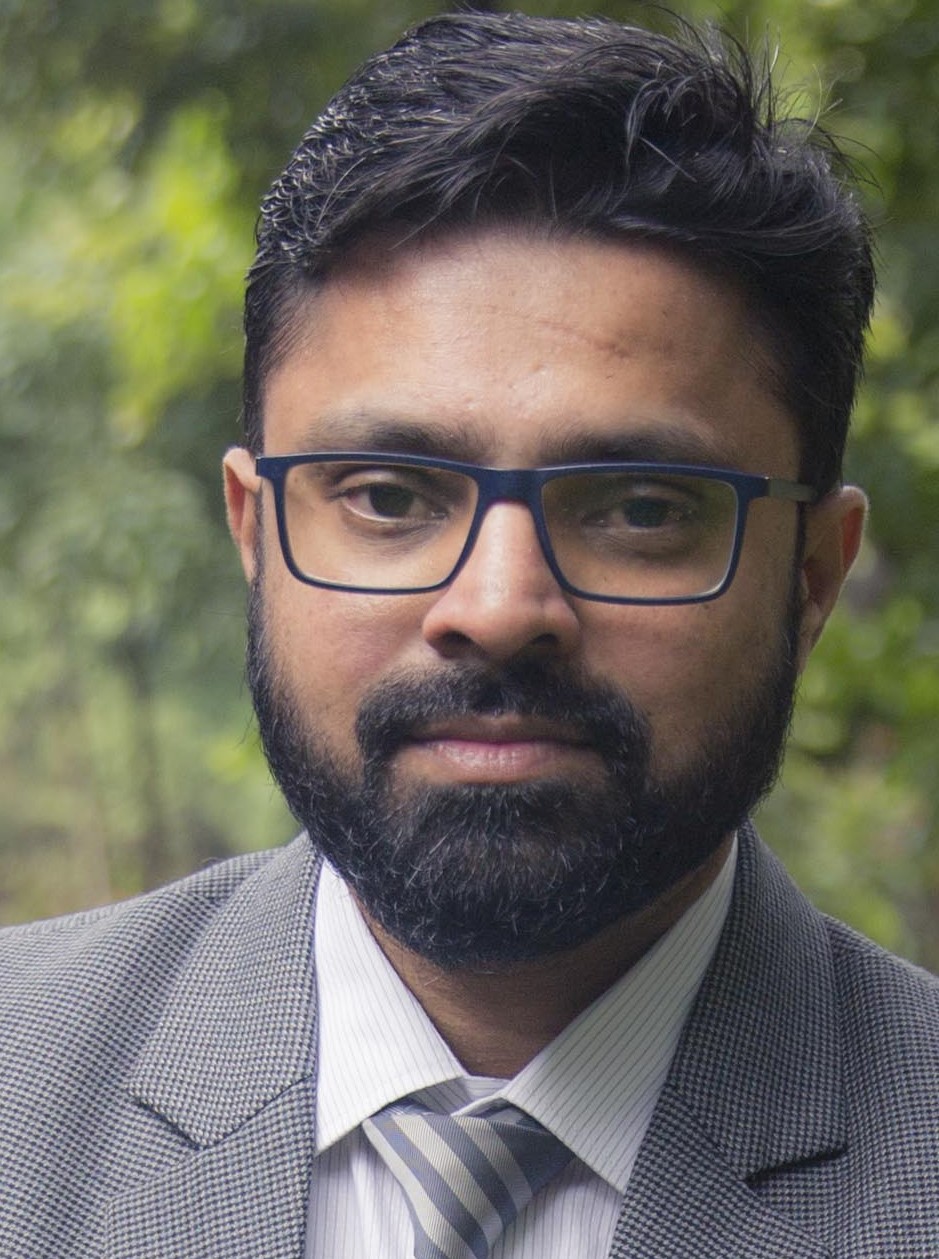In an exclusive interview with Reputation Today, Sia Papageorgiou, Managing Partner at the Centre for Strategic Communication Excellence, shares her insights on the evolving role of internal communications in shaping organizational reputation and business success. We discuss strategies for organizations to remain relevant in the rapidly changing communication industry. Sia offers her expert advice on managing change effectively within organisations and suggests key strategies for leaders to communicate these changes. Additionally, she provides guidance for business leaders on enhancing workforce competencies to stay ahead of the evolving talent landscape. Lastly, we delve into her approaches to managing conflicts in project teams, particularly those arising from misunderstandings.
Hemant Gaule: As a communication consultant how do you see the role of internal communications evolving in organisational reputation specifically, and business success at large?
Sia Papageorgiou: The role of internal communication in organisational reputation and business success is evolving towards a more strategic and integrated function. It’s not just about sharing information; it’s about shaping a thriving workplace culture, engaging and aligning employees, supporting their employee experience, championing authenticity, and aligning internal and external messages. The role of internal communication will therefore rise in importance as organisations struggle to recruit and retain talent.
I recently attended the annual Trend Watching Summit in Sydney for a deep dive into the meaningful consumer trends that need to be on our radar in the coming 12 months. What became clear as I listened to the summit’s presenters, is that internal communication professionals have a golden opportunity to build and maintain trust, by focusing on the issues people care most about – e.g., eco-transparency and acknowledging the complexities of contemporary life (inflation, unemployment, poverty, social inequality, etc.), to name a few.
If we take a look at what the research says, 7 in 10 employees want their job to bring societal impact and they are more likely to work for a company if the organisation publicly supports addressing societal issues such as healthcare access, human rights, economic inequality, climate change and others (2022 Edelman Trust Barometer Special Report: Trust in the Workplace). And it seems even the job insecure won’t compromise on employer societal engagement. The same report found quality information matters more than fair pay, with a 6.5% increased likelihood of trust.
To earn trust, it’s important then that organisations become a source of quality information. If internal communication is the lifeblood of an organisation, the people who manage it are at its heart. So, ensure you employ qualified communication professionals, with knowledge, skills, and experience in strategic internal communication management who can lead the function into the future.
HG: What advice would you have for organisations to stay relevant in this fast-growing communication industry as the perspective of communication changes rapidly?
SP: Social media, instant messaging, email, and many other digital platforms have revolutionised the way we communicate. While these tools offer unparalleled opportunities for reaching audiences, they’ve also created a paradoxical challenge: the more communication channels we have, the harder it becomes to effectively communicate. The result is often a scattered and ineffective approach that fails to engage and resonate with the intended audience. So, there’s incredible value in taking a step back and reminding ourselves of the foundational principles of strategic communication.
At its core, strategic communication is about conveying a message with purpose. Whether it’s communicating the organisation’s vision, driving employee alignment, or fostering customer loyalty, the heart of strategic communication lies in intentionality. Every message, every interaction, should be guided by a clear purpose. Whether you’re crafting an internal memo or launching a multimillion-dollar campaign, your message should be simple, straightforward, and easy to understand. Think about some of the most iconic slogans and messages – “Just Do It,” “Think Different,” “Have a Break, Have a Kit Kat.” These messages are effective because they are clear, concise, and resonate with audiences on a personal level.
Right now, we have access to an unprecedented amount of data about our audiences. However, amid the sea of analytics, it’s crucial not to lose sight of the human element. Who are your target audiences? What are their aspirations, fears, and pain points? Engage in meaningful conversations with your audience, and tailor your messages to resonate with them authentically.
While the diversity of channels provides ample opportunities to reach audiences, it’s vital to maintain consistency in your messaging and brand voice. Imagine encountering a brand that presents a playful and casual tone on social media but switches to a formal and corporate voice on its website. This inconsistency can create confusion and dilute the impact of your communication efforts, so ensure your audience experiences a cohesive brand identity regardless of the channel they engage with.
Use stories to humanise complex concepts, convey values, and evoke emotions in ways that data alone can’t. Whether you’re crafting a corporate presentation or a social media campaign, incorporating storytelling elements can create a compelling and memorable experience for your audience.
Finally, every piece of communication should have a call to action that guides your audience toward a specific outcome. This foundational principle is often overlooked in the pursuit of creativity and innovation. Whether you’re inviting your audience to subscribe to your newsletter, visit your website, or make a purchase, the call to action serves as a navigational beacon, and transforms communication from a one-way interaction into a dialogue.
Embracing clarity, empathy consistency, storytelling, and purpose-driven messaging isn’t a step backward; it’s a return to the essence of communication – connecting with audiences, fostering understanding, and achieving meaningful outcomes.
HG: Change management is a fragile process. Can you suggest some key strategies that help leaders to communicate change within their organisation effectively?
SP: Greek philosopher Heraclitus once said, “Change is the only constant in life”. But organisations don’t change, people do. It’s essential then, to give people time to prepare for change emotionally, psychologically, and even physically. Change can be confronting, intimidating, exciting or rewarding. Instead of seeking to prevent people from experiencing emotions, effective communication should enable people to move through their emotional journey as quickly as possible.
Telling people about a change isn’t enough; they need to know why the change is needed and how it might impact on them personally. Open and honest communication is therefore the key to the success of change, so avoid secrets or surprises wherever possible. Although people don’t like bad news, they prefer it to not knowing the truth. Don’t make the mistake of assuming your employees can’t handle the truth.
It’s also important to give people a part to play in the change. People support what they help to create, so give employees a voice by creating genuine opportunities for people to share their concerns, ask questions, provide their feedback, and submit their ideas.
Leaders should be visible and accessible during times of change and ensure their communication is proactive. If the rumour mill is already in action, you’ve waited too long to communicate.
HG: What advice would you give to business leaders who want their workforces’ competencies to grow faster than the need for talent to evolve? How can they keep their workforce ahead of the curve?
SP: If business leaders want their people to stay competitive and agile they should make learning and development a core part of their organisation’s culture. Ongoing learning is also a personal responsibility, but employees take their cues from their leaders so it’s important to encourage a mindset of continuous learning among employees. The best leaders create an environment that encourages their employees to experiment, innovate, and find creative solutions to challenges so they can collectively anticipate the skills and competencies their organisation will need in the future. Above all, competency development has to align with your business’s strategic goals so encourage people to gain skills beyond their immediate job descriptions and adapt to changing market demands.
HG: In project management, how can we deal with conflicts that may arise among project team members as a result of misunderstanding?
SP: Misunderstandings often stem from differing expectations, so ensure team members have a shared understanding of project objectives, roles, responsibilities, and deliverables. It’s also important to address misunderstandings and conflicts as soon as they arise as timely intervention can prevent issues from escalating. If you want improved team dynamics and better project outcomes, create an environment where questions are welcomed, where people are encouraged to seek clarification when they don’t understand something and make sure team members feel comfortable expressing their concerns and opinions. You can’t do any of that if you don’t listen.
The responses above are from Sia Papageorgiou as shared with Reputation Today



Be the first to comment on "In Conversation with Sia Papageorgiou"